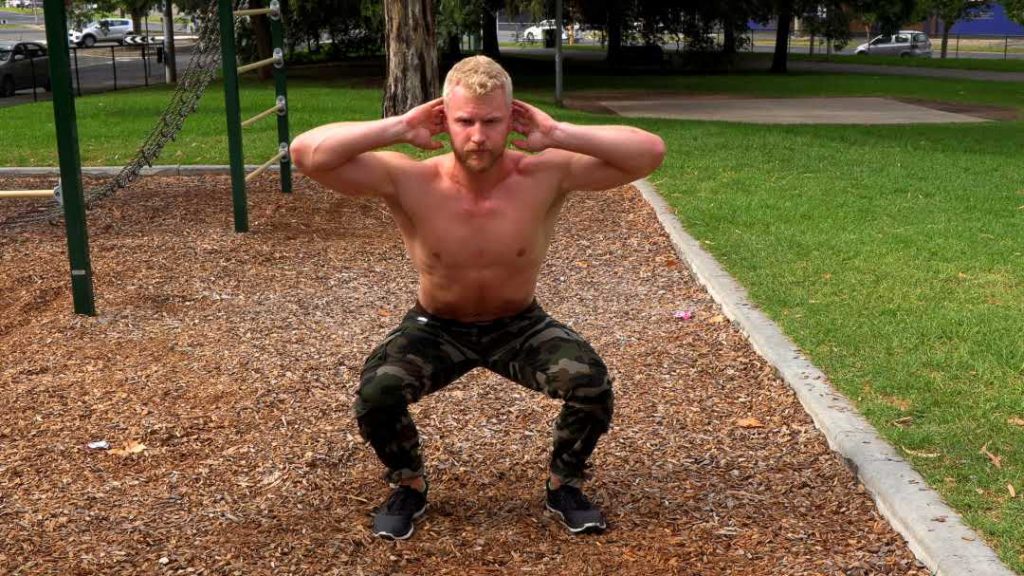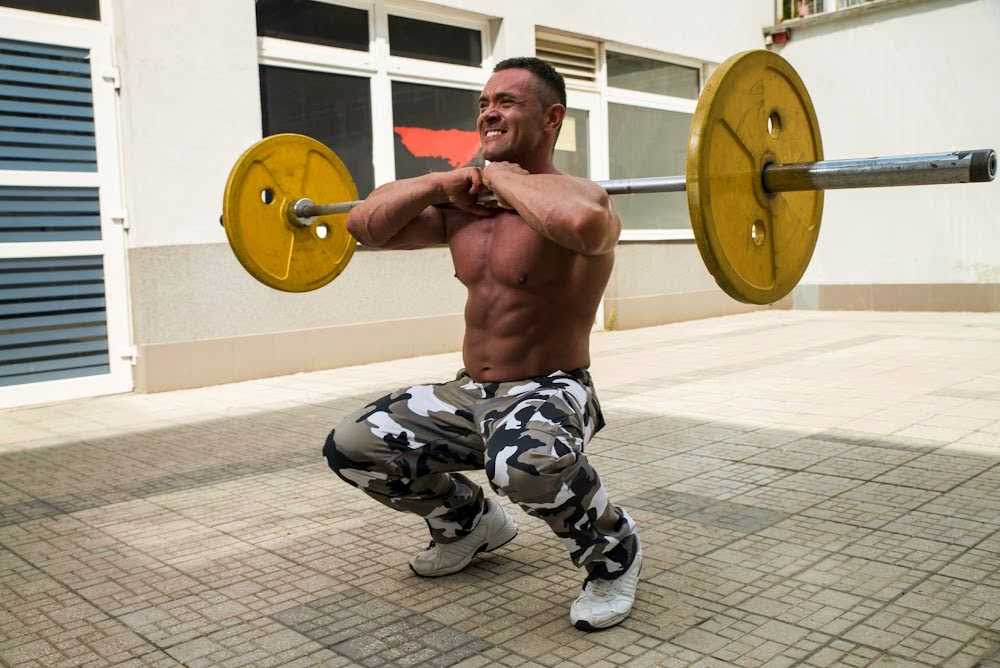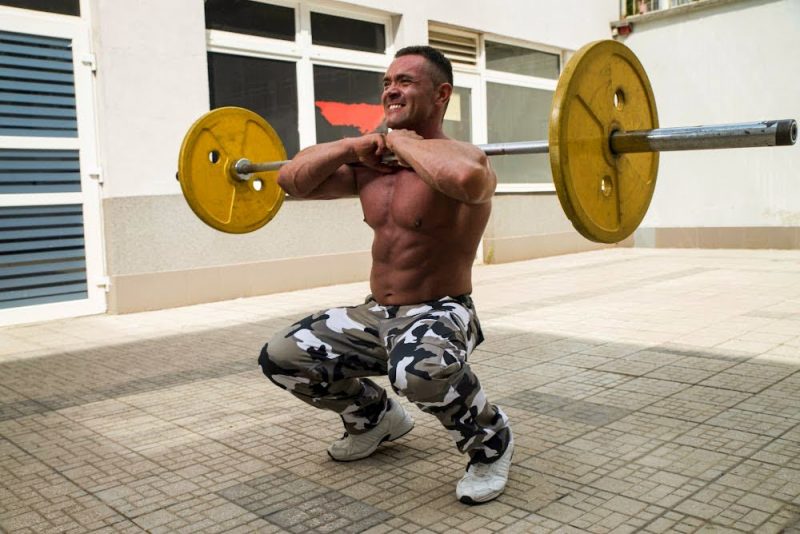The squat is a complex exercise, which means it engages many muscle groups and involves numerous joints. The quadriceps and buttocks are the key muscles engaged in the movement. The muscular in your hamstring and flexor fire as well during the eccentric component of the action, or the lower portion of the squat. He claims that squats also engage the muscle around the knee, which helps to build endurance and prevent injury. Your workouts fire throughout the action to keep you stable.

You’re also training your upper body when you do a weighted squat, whether with dumbbells in a back squat, two weights in a front squat, or a barbell in either a back or front squat. This is because the technique necessitates isometric weight holding or a static muscle function with no movement.
Heavy squats, like other forms of massive amounts of physical activity, are good for your bones: they help you create stronger bones, which can help you avoid low bone mass or fracture as you get older.
Bodyweight squats are a good way to get the squat movement down before you start to add weight. Squats should be performed with the appropriate form to reduce the chance of damage during the action.
Here’s everything you need to know about squatting properly, as well as how to prevent some typical squatting errors.

1. Take a squat position.
Before you squat, make sure you’re in an appropriate squat position: your feet should be around shoulder-width apart. There is no specific rule for how your feet should be positioned; it will vary depending on anatomical variances, but a decent rule of thumb is that they should be turned out between 5 and 30 degrees. As a result, instead of facing directly ahead, your feet will curve out somewhat, the amount of which will depend on your level of comfort and mobility.
2. Plant your feet firmly on the ground.
Digging your feet below ground helps you engage your muscles, enhance your alignment, and build ground stability. It will also keep your arch from sagging, which can cause your knees to cave inwards to squatting.
3. Maintain a high chest position.
Squats require your upper body as well. Keep your chest high and proud. This will prevent you from rounding your shoulder and upper back, which might overstretch your spine, particularly if you’re squatting with the load on your back.
4. Begin the movement by initiating it.
When you’re ready to squat, bend your knees and pull your hips back to begin the activity. For the descent, brace your core and maintain it tensed throughout the movement. Make sure the eccentric element of the movement is under control. Take a few moments to lower yourself rather than racing through it. This will increase the amount of time your muscles are under strain, forcing them to work harder. Inhale as you lower, and your legs should track lateral above your first or second toe as you squat down. If you track too far in, your knees will collapse inward, and if you track too far out, your knees will be overworked.
5. When you get to parallel, take a breath.
There’s a lot of debate regarding how low you should squat, the average exerciser should aim for comparable depth with their squats. That implies your thighs’ backs will be parallel with the floor. Pause for a second once you’ve reached the bottom of the squat so you don’t utilize momentum to propel yourself back up.
6. Drive through your heels when standing.
Make sure your feet stay grounded throughout the squat, paying special emphasis to drive through your heels on the way back up. This will activate your posterior chain, or back muscles, such as your hamstrings and glutes. When driving through your heels, some people have a tendency to pick up their toes, but you should make sure your entire foot stays firmly on the ground. Your big toe is actually incredibly crucial in glute activation. You should also exhale on your way back up. It’s critical to remember to breathe during the move, inhale on the way down, exhale on the way up. You don’t want to be holding your breath at all.
